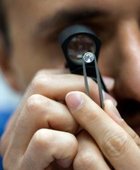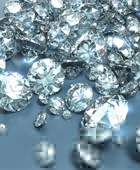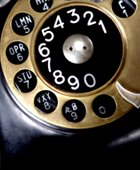The first step in spotting diamond trends involves understanding the shifting patterns of consumer demand. Trends in the diamond industry are often driven by what consumers want at a particular time, which can be influenced by social media, celebrity endorsements, pop culture, or even major economic events. For instance, when a celebrity showcases a colored diamond engagement ring, it can spark a sudden surge in interest for colored stones. Buyers looking to stay ahead should monitor consumer behavior across different demographics, paying attention to which diamond cuts, colors, or settings are gaining popularity. Recognizing these shifts early can offer strategic advantages, particularly for investors and resellers.
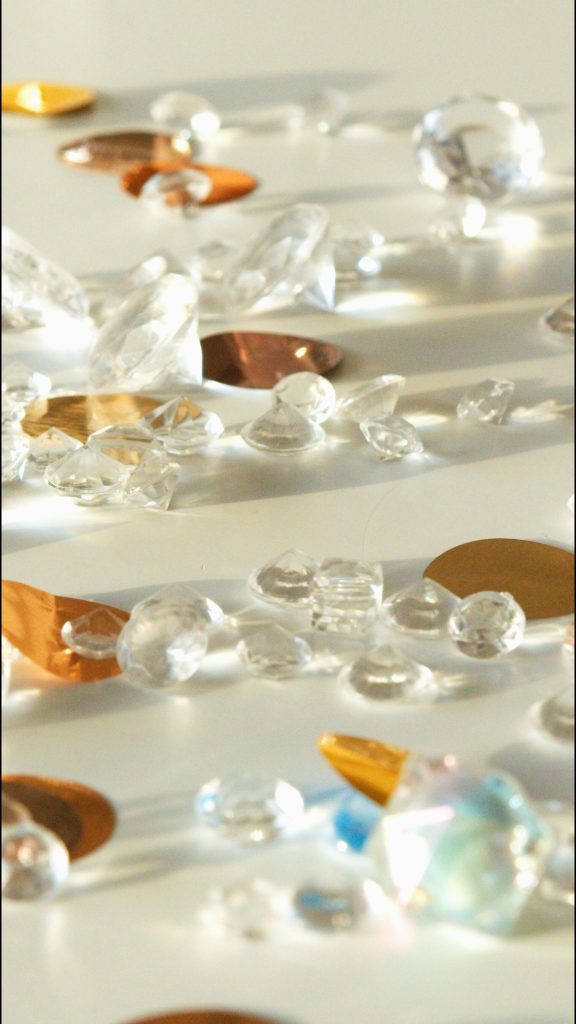
Analyzing Historical Trends to Predict Future Movements
Historical data plays a vital role in predicting upcoming diamond trends. While trends often seem new, many are cyclical or rooted in previous patterns. For example, vintage diamond cuts like Asscher or Old Mine have resurged in recent years due to nostalgia and a return to timeless elegance. By studying past market behaviors, including price fluctuations and consumer preferences, buyers can make educated predictions about future demand. Professional reports from organizations like Rapaport or Bain & Company offer valuable insights into long-term diamond market cycles. Keeping track of these can help buyers identify patterns, prepare inventory accordingly, and avoid investing in declining styles.
The Influence of Fashion and Jewelry Industry Forecasts
Fashion and jewelry forecasts are essential tools for buyers who want to stay aligned with upcoming diamond trends. Leading fashion houses and design institutions often release annual or seasonal trend reports that include insights into jewelry styles. These reports frequently highlight popular diamond shapes, preferred carat sizes, and emerging color preferences, especially in relation to wedding and engagement jewelry. Buyers should also follow events like Paris Fashion Week, Baselworld, or the JCK Las Vegas Show, where designers often unveil pieces that shape global trends. Subscribing to jewelry trade magazines and online platforms also ensures continuous exposure to trend forecasts and emerging market narratives.
Technology’s Role in Shaping Modern Diamond Trends
Advancements in technology are significantly reshaping the diamond industry, influencing not only how diamonds are manufactured but also how they are marketed and sold. For example, lab-grown diamonds have seen an exponential rise in popularity due to their ethical appeal and affordability, driven by technological progress in their creation. Additionally, AI-powered analytics tools are helping businesses predict demand by analyzing customer behavior and purchase patterns. Augmented Reality (AR) features in online stores are also shifting how buyers experience diamonds, often leading to new preferences based on visualization capabilities. Being aware of these technological shifts can help buyers understand where the market is heading and adjust their strategies accordingly.
Monitoring Social Media and Influencer Trends
In today’s digital age, social media platforms like Instagram, TikTok, and Pinterest are potent influencers of diamond buying trends. A single viral post by a celebrity or influencer showcasing an unusual diamond design or color can rapidly increase demand. Trend-savvy buyers should follow influencers known for jewelry content, track trending hashtags, and monitor engagement metrics to gauge growing interest in specific diamond styles. Social media listening tools can also provide real-time data on what consumers are discussing or seeking. This immediate insight can be a crucial asset for buyers trying to spot emerging trends before they reach mainstream markets, giving them a competitive edge.
Recognizing Shifts in Cultural and Generational Preferences
Cultural shifts and generational attitudes have a significant impact on diamond trends. For instance, millennials and Gen Z buyers tend to prioritize sustainability, ethical sourcing, and individuality over traditional concepts of luxury. This generational perspective has contributed to the rise of lab-grown diamonds, custom-made pieces, and unconventional cuts such as hexagon, kite, or trillion shapes. Additionally, these buyers often prefer minimalist or symbolic designs rather than high-carat statement pieces. Buyers seeking to anticipate trends should consider sociological studies and consumer research that examine the evolving values and purchasing behavior of different age groups. Adapting to these cultural dynamics allows for more relevant and timely purchasing decisions.
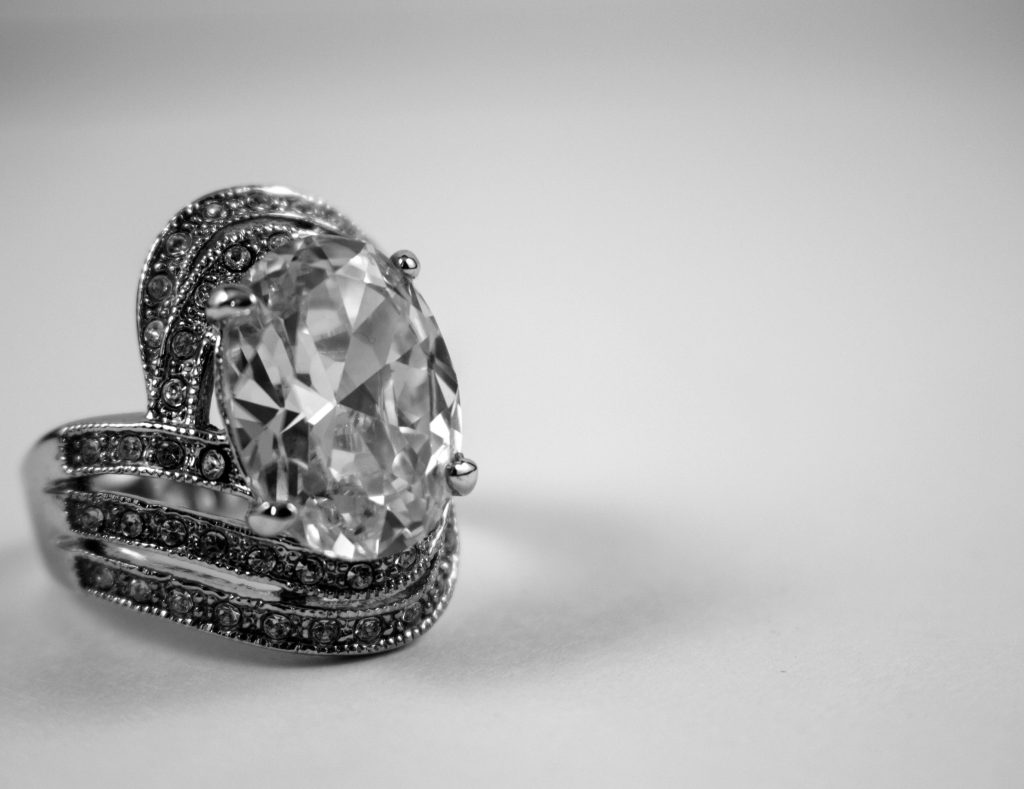
Observing Retailer Inventory and Pricing Strategies
Another effective way to identify upcoming diamond trends is by analyzing inventory and pricing strategies used by both major and boutique jewelers. Retailers often adjust their offerings based on early demand signals, meaning a sudden influx of a particular diamond cut or setting style could indicate a trend in the making. Close monitoring of how prices change—whether certain cuts are seeing markdowns or premiums—can also offer hints about what’s falling out of favor or becoming more desirable. Retail newsletters, in-store catalogs, and e-commerce filters that showcase “bestsellers” or “most viewed” items are also strong indicators of current and emerging consumer interests.
Examining Global Economic and Political Influences
The global economy, along with geopolitical events, can greatly influence diamond buying behavior and trend direction. For example, during times of economic uncertainty, there may be a decline in large or high-end diamond purchases and an increase in demand for smaller, more affordable stones. Political actions, such as sanctions on diamond-producing countries or new import/export regulations, can also alter the supply chain and influence pricing. Additionally, trade agreements or environmental policies may shift consumer preference toward sustainable or locally sourced diamonds. Staying updated with international news and economic indicators helps buyers understand the broader forces that could shape short-term and long-term diamond trends.
Leveraging Industry Reports and Data Analytics
To gain a forward-looking perspective on diamond trends, buyers can make use of comprehensive industry reports and data analytics. Research firms such as De Beers Group, McKinsey & Company, and the World Diamond Council publish annual or quarterly insights that break down consumer behavior, market segmentation, and projected trends. These reports often provide data on price changes, demand by region, and shifts in the popularity of cuts, carats, and sources (natural vs. lab-grown). Additionally, using Google Trends and keyword analytics tools can help buyers identify which diamond-related terms are gaining traction in online searches, offering a data-driven foundation for purchasing decisions.
Developing a Continuous Trend-Tracking Strategy
Rather than treating trendspotting as a one-time event, buyers should develop an ongoing strategy for tracking changes in the diamond market. This may involve setting up news alerts, subscribing to industry newsletters, joining professional jewelry associations, and attending annual trade shows. Creating a digital dashboard that aggregates market data, influencer trends, retail analytics, and social signals can be particularly useful. It’s also helpful to network with gemologists, jewelers, and diamond wholesalers who can offer insider perspectives. By making trend monitoring a regular practice rather than an occasional task, buyers can ensure they remain proactive, competitive, and well-informed in an evolving marketplace.


